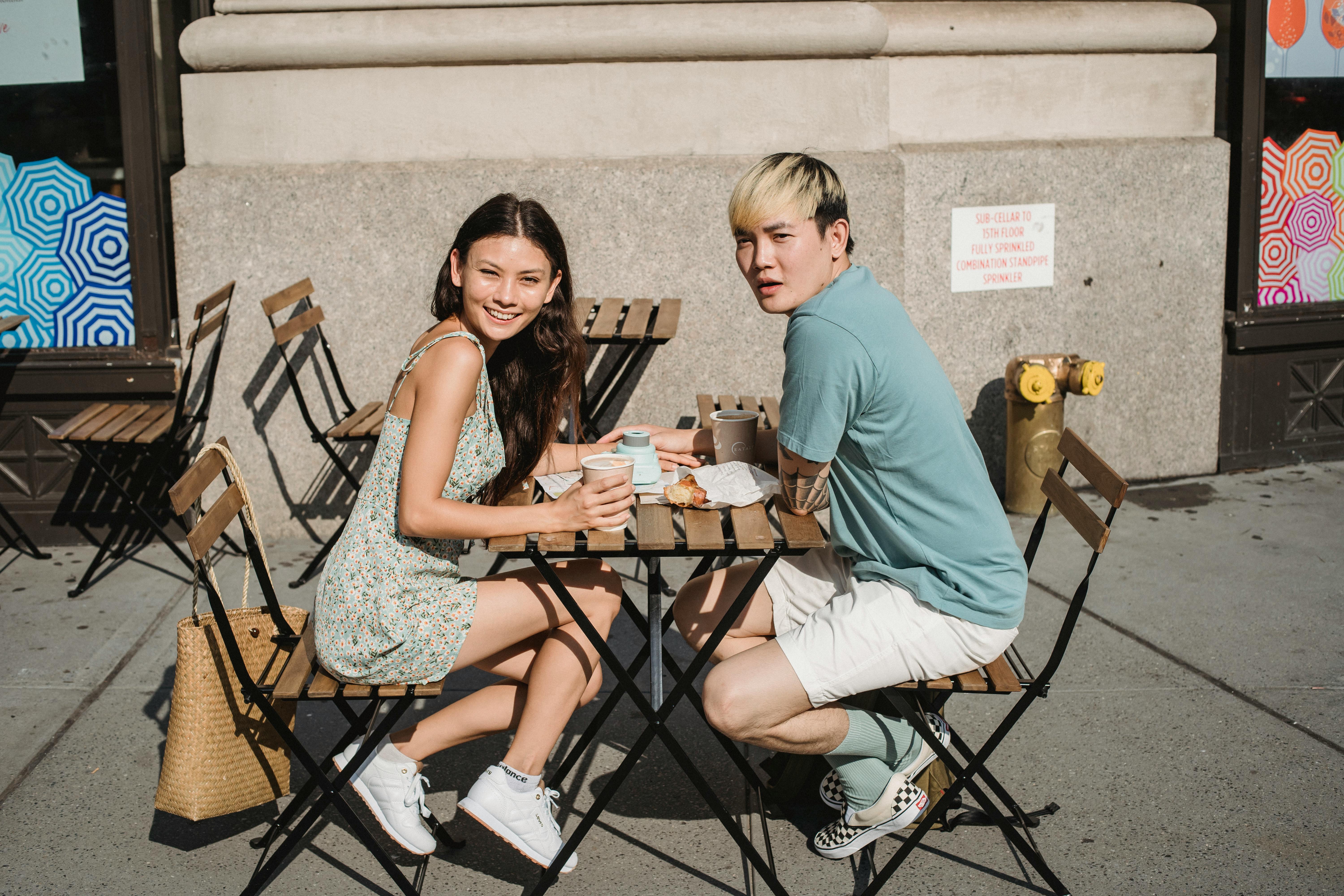Ballet began in Italy and France during the Renaissance. The costumes were created specifically for this dance form in the 15th century. Most of the dancers wore special ballet costumes and masks, and the average costume was luxurious.
Made of silk or cotton, ballet tutus had linen blended to make a gauzy material that was partly see-through. Men used to wear a close-fitting brocade cuirass and women wore fringed silk robes that were elegant and rich. During the second half of the 15th century, costumes were akin to exaggerated and detailed streetwear.
In the 17th century, the tutu became much more elegant and decorative. Gold, satins, silks, precious stones, and other expensive materials decorated ballet costumes. Elements were added to the men’s costumes to indicate their trade, while the women’s costumes remained unchanged. Early Russian ballet companies dressed in the European style, with the men dressed in liberating clothing while the women wore heavy gowns that restricted their movements. Men who danced like women often wore knee-length skirts.
When the eighteenth century came, Paris was the center of ballet in Europe. Stage costumes were similar to costumes worn at court with elaborate and decorative trim. The basket became popular in the 18th century, and flowers, ribbons, and ruffles soon became popular decorations for the popular pastel-colored soft garments. Women began to dance more in men’s roles during this period, but large headdresses and wigs were still in style at the time.
Romanticism was popular during the 19th century, and ballet dancers wore costumes that reflected this ideal. Their costumes were tight to the body and they wore flower crowns. Men’s suits remained modeled on neoclassical styles. Around 1832, the costumes became tighter and showed off the legacy. Now all the ballet dancers wore pointe shoes. Fantasy costumes were popular during this period, thanks to Swan Lake, Sleeping Beauty, and other fairy tale ballet pieces.
Ballet costumes were modified at the turn of this century, with tutus only reaching to the knees to show off graceful foot and footwork. Ballerinas were liberated from corsets by Isadora Duncan, and the natural silhouette was also introduced by this famous ballerina.
The pre-war form of tunic became very popular around the 1920s, with many additions from Eastern cultures such as brightly colored turbans, harem pants, and veils. Most restrictions on ballet costumes were removed after Serge Diaghilev’s death in 1929. There are currently no limits on what costumes can be worn, but many of the costumes worn today, such as the tutu, were heavily influenced by Diaghilev’s designs.



